Some authors portray shrews as beneficial because they eat many garden pests such as snails and grubs, among other things. But they also eat many useful animals, such as earthworms and spiders. In any case, shrews are not pests in their natural habitat and leave hardly any visible traces outdoors.

Young shrew
Especially from autumn onwards, they enter buildings to hibernate and become a nuisance there. In contrast to mice, of which several animals often migrate, shrews are usually single animals or at most a pair. For this reason alone, damage caused by shrews in buildings is limited. They become noticeable through running noises, faeces, and the smell of urine. Due to their high metabolism and food turnover, they produce more urine and faeces than real mice.
Shrews can spoil food and feed directly by eating it, or by contaminating it with saliva, urine, faeces, and hair.
Shrews do not have incisors, they have predator teeth. Damage through gnawing on materials or objects can only be blamed on shrews to a very minor extent when they gather nesting material.
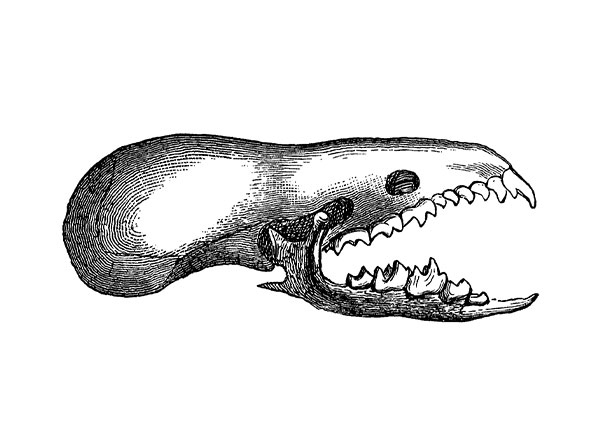
Skull and teeth of a shrew
Shrews do not pose a risk to health. Shrews infecting people with pathogens have not been reported. In recent studies, the Hant virus and Borna virus have been found in shrews. However, whether these are actually transmitted to humans has not yet been clarified. Shrews can carry fleas, ticks, or mites in their fur and can also bring them into buildings.
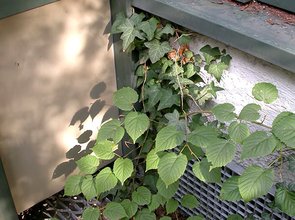


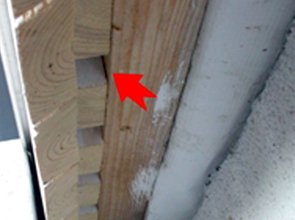

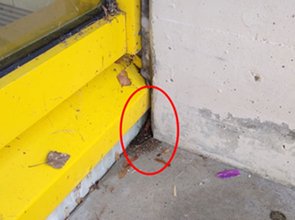
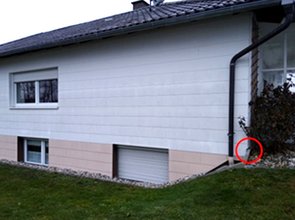
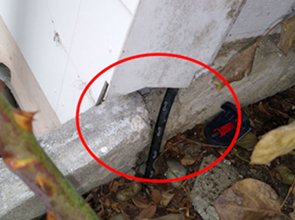

The best time to take action against shrews is in autumn, when the crops have been harvested and the cold, wet weather sets in. The pests leave their summer quarters and look for dry and warm winter- shelter in and on buildings. It is best to catch or drive away the shrews before they become ensconced in buildings.
Shrews need an opening of only 4-5mm diameter to gain entry so there are often many access points around the perimeter of a building. They penetrate mainly through open or poorly closing doors and gates, and through basement windows, lighting shafts, pipe ducts, cable ducts, cooling and ventilation systems, outdoor lights, transformer stations, switch boxes and other apertures in outer walls. If possible, access points should be sealed to prevent future infestations. SWISSINNO Rodent Stop Steel Wool is a quick and easy fix to plug wall openings, holes and cracks.

Shrews are not good climbers, but they are perfectly capable of getting into storage areas. Planted facades, wood cladding and insulation offer ideal climbing aids.
Eliminate nesting possibilities to discourage shrews from colonising the site. Get rid of piles of wood stacked against house walls, and of bulky rubbish on the site, and of dense ground-covering vegetation to make the area unattractive for nesting.
Remove all food sources and avoid excessive bird feeding. Store foodstuffs, pet food and seeds in rodent-proof containers and not in bags or boxes.

Ultrasonic rodent repellers are an effective way of scaring away shrews and preventing them from entering buildings. With SWISSINNO devices, the high-frequency sound is constantly changed to prevent the animals from getting used to the sound.
It is important to note that ultrasonic frequencies do not travel through walls, so at least one repeller must be placed in each infested room.
Ultrasonic repellers are not completely effective on their own. For maximum control they should be incorporated into an integrated pest management strategy comprising mechanical traps with food deprivation, sanitation and the closure of access routes.

Traps are the most effective way to control pests in a non-toxic and humane manner.
Shrews are not afraid of traps and are easy to catch. Trapping works in the same way as with house mice, and the same baits can be used. But shrews are about half the size and weight of real mice. In principle, they can be caught with all regular mouse traps. Due to their small size and low weight, however, bad catches or catches that make the animals suffer are more common.
SWISSINNO recommends the PRO SuperCat mousetrap for catching shrews. With its patented trigger, it is effective and at the same time animal welfare-friendly, even with smaller shrews.
You can also catch shrews with live traps. Since they are very sensitive to stress and lack of food, the traps must be closely monitored. Traps should be checked every 2 to 3 hours. The caught shrews can be released in a suitable biotope one to two kilometres away.
The following SWISSINNO traps are convenient to catch shrews:
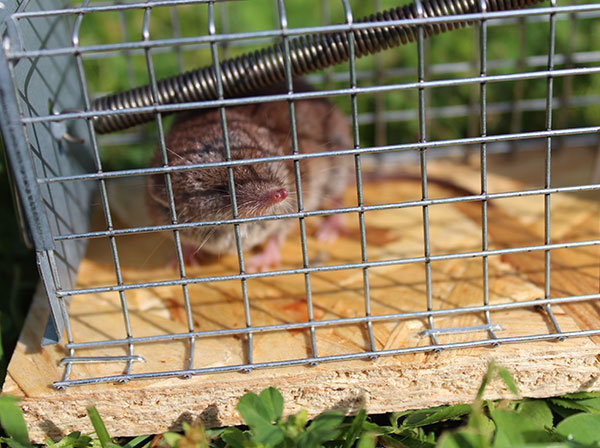
The SWISSINNO classic mouse cage is ideal for catching shrews alive thanks to its sensitive trigger.
Mouse trapping: How to go about it:

Optimal placement of the trap into a runway

Trap set on a board to give a good standing and fixed with a wire so it can't be dragged away.


Traps set in a box to keep away non targeted animals and prevent trap loss.

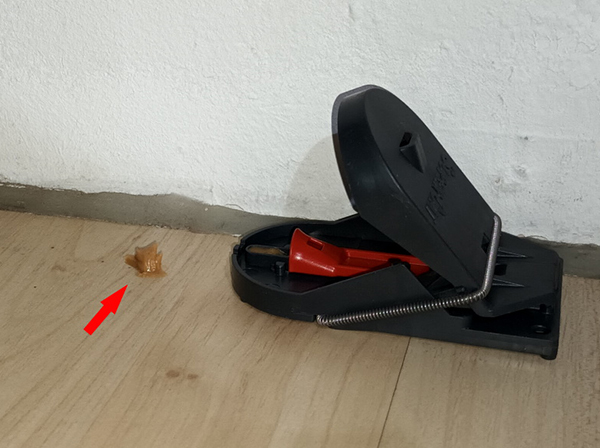
Mouse trap with small portion of peanut butter as “prebait”
In Europe, no poison bait is approved for controlling shrews. Regardless of this, it is better to use traps to fight shrews anyway. SWISSINNO advises against using toxic bait for several reasons: